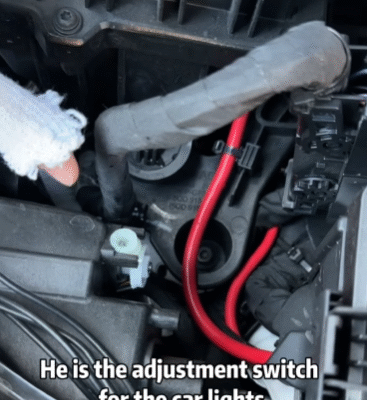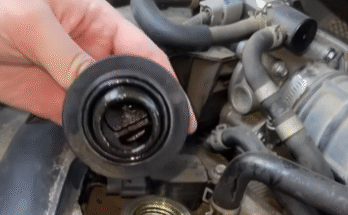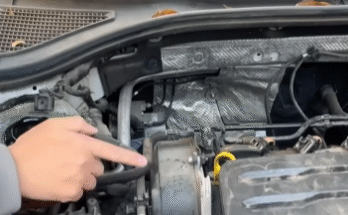
Car lighting is one of those features most drivers take for granted—until it’s dark, stormy, or foggy. Yet, it plays a critical role in road safety, visibility, and communication with other drivers. The truth is, understanding and properly using your car’s lighting system can literally save your life.
In this article, we’ll explore the essential functions of car lighting, the “hidden” secrets most people overlook, and how mastering your lights can transform your driving experience—especially in emergencies.
Why Car Lighting Matters More Than You Think
You may think headlights are just for seeing at night, or brake lights only signal stopping—but car lights serve a broader purpose:
- Enhancing visibility: Helping you see the road, signs, obstacles, pedestrians, and animals.
- Making you visible: Letting others see your vehicle from a distance.
- Communicating intentions: Signals like turn indicators or hazard lights prevent accidents.
- Adapting to road conditions: Fog lights, automatic beam adjustment, and DRLs improve safety in various environments.
Understanding these systems and when to use each one can drastically reduce your chances of a collision.

Types of Car Lights and Their Lifesaving Roles
1. Headlights (Low and High Beams)
- Low beams: Designed to illuminate the road ahead without blinding others. Use them at dusk, dawn, night, and in rain or fog.
- High beams: Offer greater range but can blind other drivers. Use them on dark rural roads with no oncoming traffic.
Secret tip: Many drivers underuse high beams out of caution. But when used correctly, they can help you spot animals or obstacles hundreds of feet sooner.
2. Daytime Running Lights (DRLs)
These lights automatically turn on when the engine is running. They make your vehicle more visible even in daylight.
Secret: Studies show DRLs reduce daytime crashes by 10% or more—especially in poor weather.
3. Turn Signals (Indicators)
Crucial for communicating with other drivers. Whether merging, changing lanes, or turning, always signal.
Secret tip: Signal early—about 100 feet before turning—to give others time to react. And never forget to cancel the signal if it doesn’t shut off automatically.
4. Brake Lights
These light up when you press the brake pedal and alert drivers behind you to slow down.
Lifesaving fact: Faulty brake lights dramatically increase the risk of a rear-end collision.
5. Tail Lights
Located at the rear and turn on with your headlights. They help others see your vehicle at night or in low visibility.
6. Fog Lights
Mounted lower on the vehicle, these lights reduce glare and improve visibility in fog, heavy rain, or snow.
Secret tip: Only use fog lights in poor visibility. Misusing them in clear weather can dazzle other drivers.
7. Hazard Lights (Emergency Flashers)
Used to signal a breakdown, an accident, or if you’re driving significantly below the speed limit.
Important: In many places, it’s illegal to use hazard lights while driving unless there’s a clear emergency.
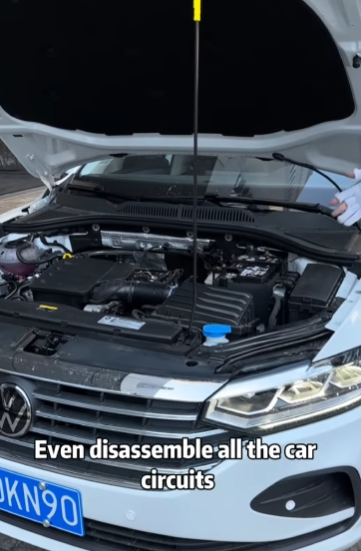
Lighting Secrets That Can Save Lives
1. Keep Lights Clean and Clear
Headlights dim over time due to fogging or dirt. Clean them regularly and use a headlight restoration kit if they look cloudy.
2. Upgrade Your Bulbs
Consider brighter, whiter halogen or LED bulbs for improved night visibility. Some bulbs can increase light output by 30% or more.
3. Check Alignment
Misaligned headlights can shine too low (reducing visibility) or too high (blinding others). Get them adjusted during regular servicing.
4. Use Automatic Lights Wisely
Modern cars often have automatic lighting systems, but don’t rely on them blindly. Always double-check in tunnels or during sudden weather changes.
5. Replace in Pairs
When one bulb goes out, the other may be close to failure. Replacing both ensures consistent lighting and performance.
6. Stay Visible in Poor Weather
Turn on low beams in rain, fog, or snow—even during the day. DRLs aren’t enough in bad weather.
Lifesaving scenario: A driver in a silver car with no lights in a foggy morning is virtually invisible. Turning on headlights could prevent a fatal crash.
7. Don’t Forget Interior & Dashboard Lights
Dim or flickering dash lights can hide warning signs. Also, don’t keep interior lights on while driving at night—they can reduce visibility.
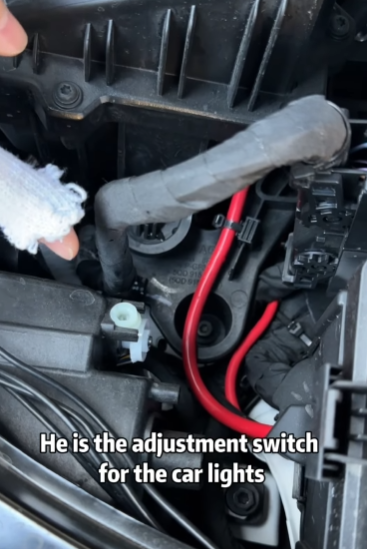
Common Car Lighting Mistakes to Avoid
- Overusing high beams in traffic
- Driving in the dark with no headlights (common with DRLs that light up the dash)
- Forgetting to signal or signaling too late
- Using fog lights in clear weather
- Leaving lights on and draining the battery
Maintenance Checklist for Lighting Safety
✅ Check headlights, brake lights, and indicators monthly
✅ Clean lenses regularly
✅ Replace dead bulbs immediately
✅ Test all lights before long road trips
✅ Ensure dashboard warning lights are functional

Real-Life Story: A Light Saves a Life
A driver heading home late one night had dim headlights but ignored them. On a rural road, he didn’t see a broken-down car until it was too late and rear-ended it. Had he cleaned or replaced his headlights earlier, he could’ve spotted the vehicle in time.
In contrast, a woman in a similar scenario avoided a crash because her upgraded LED headlights gave her 100 extra feet of visibility. She slowed down, changed lanes, and made it home safe.
Wrap-Up: Light Up to Stay Safe
Car lighting isn’t just a legal requirement—it’s your first line of defense on the road. Knowing how and when to use each type of light, maintaining your lighting system, and making small upgrades can literally be the difference between life and death.
Your Action Plan:
- Learn your car’s lighting features.
- Practice using them in all driving conditions.
- Keep them clean, bright, and working.
So the next time you start your engine, take a second to check your lights. That small action might just save your life—or someone else’s.
Stay safe, stay seen, and light up the road ahead. 🚗💡
